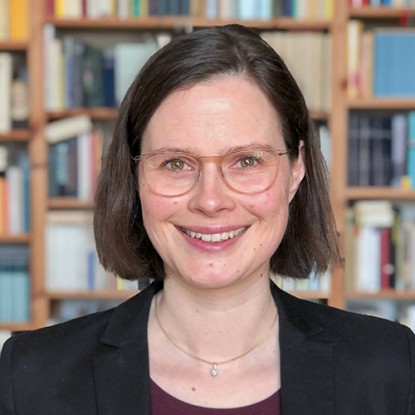Mössbauer spectroscopy is a solid state method that enables identification of iron phases in a qualitative and often also quantitative way. This can be done on extracted particles (ex situ) or for the thermochemical oxidation also in situ at different temperatures.
While the ex situ part is straight forward, the in situ part is more advanced as it implements different goals, starting from optimizing the reactor design for a good Mössbauer effect while simultaneously trying to keep the conditions close to the intended real application. Then this setup should be used for detailed investigation of concrete conditions to extract the oxidation kinetics (possibly assisted with synchrotron based Mössbauer spectroscopy for better time resolution).
With respect to the electroreduction, this subproject will contribute to a better understanding of the concrete interaction of the iron oxides with suitable solvents. Again, various parameters that characterize the particles will affect the kinetics of dissolution. Ex situ measurements of frozen solution help to identify the local environment of iron. Moreover, an in situ flow cell will be constructed to understand if on a long term perspective, it is possible to follow the growth or iron films as function of solvent (and applied condition)
Scientific questions:
- How does the kinetics of oxidation/reduction differ for different “particle conditions”?
- To what extent do variations in condition (gas flow, T) cause an alteration in the phase composition?
- Which time resolution will be possible during in situ thermal oxidation either in the lab or at the synchrotron?
- Is it possible to follow the electrochemical reduction in the intended solvents by in situ Mössbauer spectroscopy?
- To what extent does the resulting iron-based films differ in terms of composition for the different solvents?






